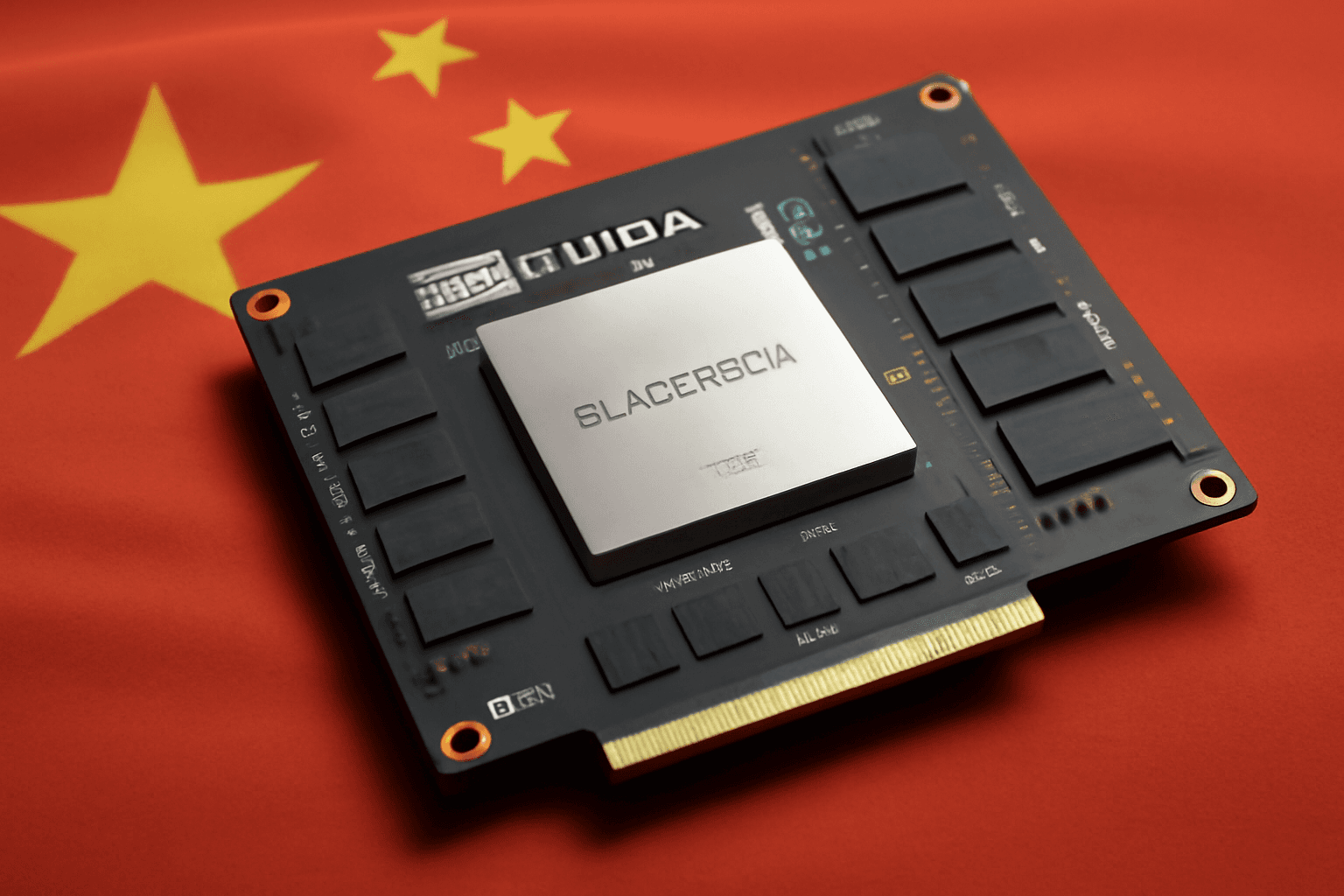Unlocking Construction's Digital Future: Trunk Tools Leads the Way
Construction has long been a behemoth industry notorious for its slow embrace of modern technology. From towering skyscrapers in New York City to sprawling commercial complexes worldwide, the sector still wrestles with outdated processes and mountains of paperwork. For years, these inefficiencies have translated into enormous time losses, budget overruns, and environmental harm, culminating in a staggering nearly $1 trillion annual drain on global productivity, according to a McKinsey Global Institute report from August 2024.
Enter Trunk Tools, a New York-based startup harnessing the power of generative artificial intelligence to revolutionize construction workflows. Founded by Sarah Buchner, a construction industry veteran with firsthand experience navigating the chaos of building sites, Trunk Tools seeks to automate menial tasks, eliminate costly errors, and minimize material waste—all while enhancing safety standards.
A Foreman’s Journey Sparks Innovation
Buchner’s story underscores the human impact behind this tech breakthrough. Growing up as the daughter of a carpenter in Austria, she arrived in the U.S. and meticulously climbed the ranks from a laborer to foreman managing a $400 million high-rise project with 600 workers. However, tragedy struck with a fatal accident on site—an all-too-common hazard in construction.
Motivated to improve safety and operational clarity, Buchner shifted gears from physical labor to software development. Over a decade, her vision evolved from a health and safety app to Trunk Tools, which leverages AI trained on authentic construction workflows to tackle the pervasive problem of incoherent and conflicting project documentation.
Untangling the Paperwork Maze with AI
Construction projects often generate millions of pages of unstructured data—from blueprints and electrical drawings to schedules and permits—all changing rapidly as plans evolve during building phases.
Buchner highlights the challenge: “For a typical high-rise in New York, you’re looking at about 3.5 million pages of documents that update daily. This creates confusion, with conflicting orders and instructions leading to costly rework—for example, a door installation requiring power where no outlet exists.”
Such discrepancies don’t just push up budgets—they substantially increase the carbon footprint by wasting materials, labor, and time.
Trunk Tools’ AI sifts through millions of documents, identifying inconsistencies and synthesizing them into clear, actionable insights. By restructuring fragmented information, it equips workers and project managers with clarity, minimizing errors and accelerating decision-making.
Strategic Partnerships and Funding Accelerate Growth
Recognizing the massive impact, major industry players are taking note. Trunk Tools recently announced a $40 million Series B funding round led by Insight Partners, alongside Redpoint Ventures, Innovation Endeavors, StepStone, Liberty Mutual Strategic Ventures, and Prudence. This brings their total funding to $70 million, signaling strong investor confidence in construction’s digital transformation.
Moreover, the startup is collaborating with Microsoft to integrate its AI technology into established software suites, aiming to broaden adoption and empower more construction firms to embrace technology-driven efficiency.
Why Construction’s Tech Overhaul Matters
- Economic Impact: With construction productivity lagging behind other industries due to minimal IT investment—historically less than 1% of revenue compared to 3% or more in automotive or aerospace—the sector’s modernization could unlock vast economic value.
- Environmental Significance: By reducing rework and waste, AI-driven clarity contributes to sustainability goals, cutting unnecessary carbon emissions tied to project inefficiencies.
- Human Safety: Accurate data flow can prevent accidents and enhance worker safety, a critical concern amid persistent construction hazards.
Looking Ahead: Challenges and Opportunities
While Trunk Tools showcases what AI can achieve, adoption hurdles remain. Resistance to change, the complexity of integrating with legacy systems, and workforce training pose real challenges. However, as large-scale projects grow in complexity and as investors and regulators push for greener, safer construction practices, embracing AI tools is poised to become less a choice and more a necessity.
Editor’s Note
The construction industry sits at a pivotal crossroads between tradition and technology. Trunk Tools exemplifies how seasoned insider knowledge, combined with cutting-edge AI, can address deeply entrenched inefficiencies. As construction stakeholders—owners, contractors, regulators, and workers—grapple with cost pressures and sustainability mandates, solutions that clarify complex documentation and reduce waste will be the linchpins of progress. Readers should watch this space closely: the buildings shaping tomorrow's skylines may well be designed by algorithms as much as by architects.



















